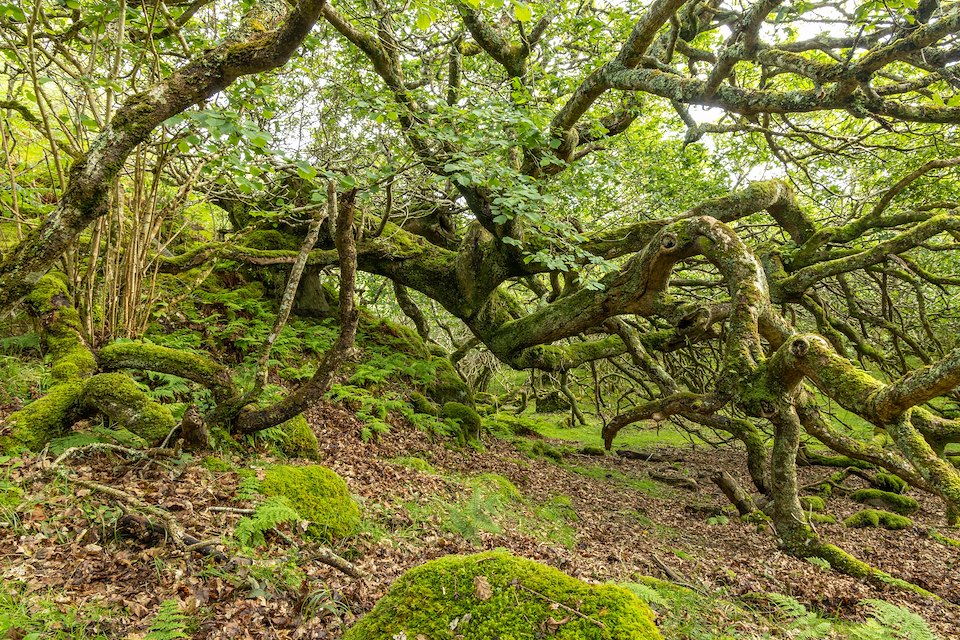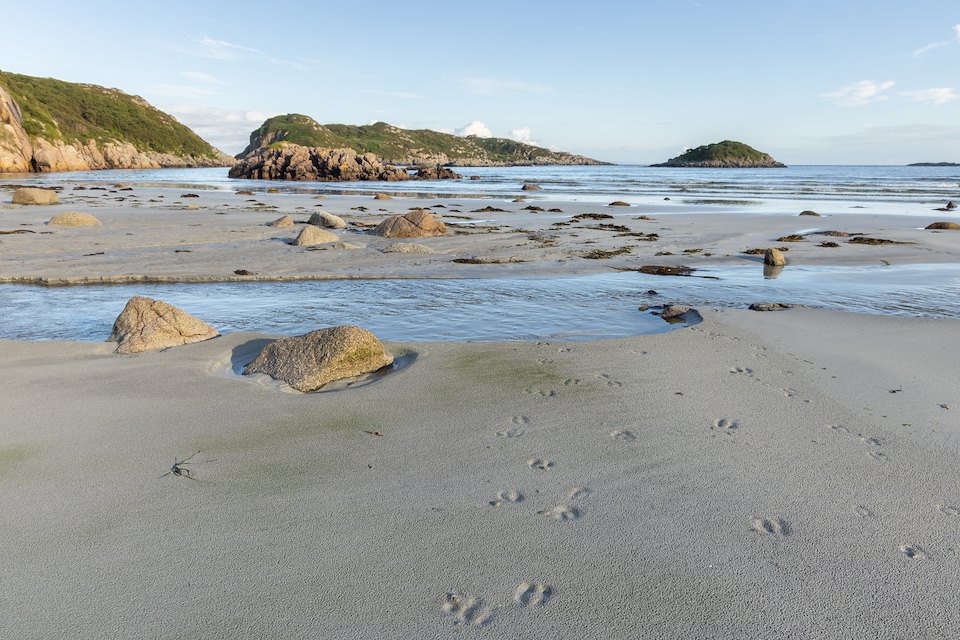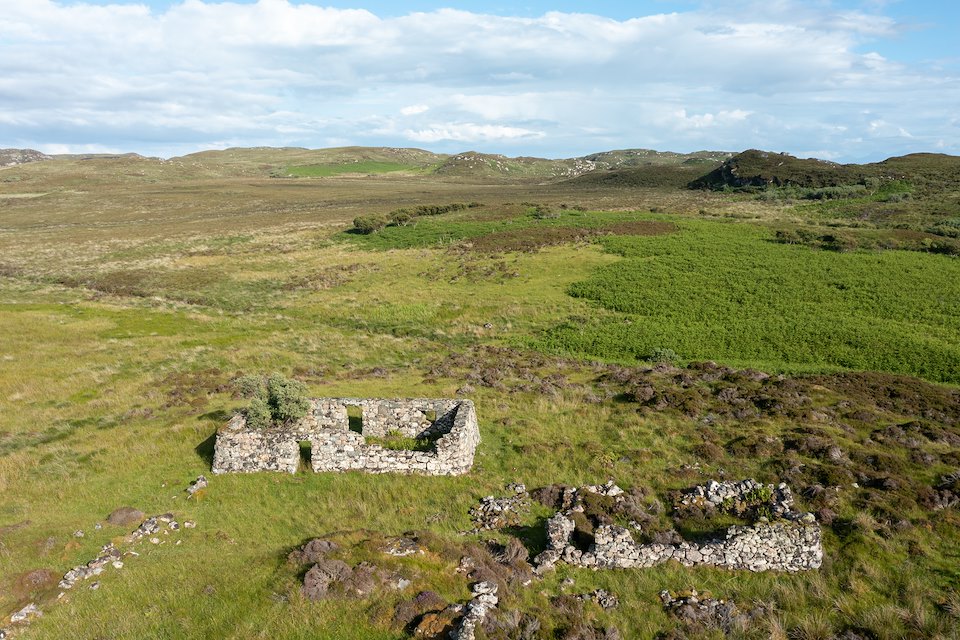West Coast Wilding
#Northwoods
On the Ross of Mull lies a magical place where rewilding has been happening for 25 years. Tireragan is the largest site in the Northwoods Rewilding Network and is an inspiring example of what can happen when people have the vision, and the will, to allow nature to recover.
“When you go in there, the land feels alive. It’s a living example of what landscapes in west Britain could look like, and did look like.”
Peter Skinner is a member of the Tireragan Trust, a group of nine volunteers caring for 625 hectares of coastal land on the southwest tip of the Ross of Mull. Tireragan is the largest landholding in the Northwoods Rewilding Network.
Home to a rare remnant of Scotland’s rainforest, there is no doubt that Tireragan is a special place. Craggy gorges, inaccessible to grazing animals, provide sanctuary to centuries-old, gnarled oaks, cloaked in mosses, lichens and liverworts. An idyllic sandy bay nestles below, separating the woodland from the vagaries of the Atlantic beyond. The remains of clachans provide evidence of people living here, perhaps as many as 100, and as recently as the early 19th century.
What makes Tireragan stand out, when combined with this geography and heritage, is its rewilding story, which now spans decades. Natural processes have been shaping this land since sheep and deer were all but excluded in 1997 – before the word "rewilding" was in common use. For a quarter of a century here, nature has been performing the miracle of self-restoration that today's rewilding advocates would like to see replicated across much more of Scotland.
It's clear that the reduction of grazing pressure has had a profound impact.
The opening scene of this story is set on Erraid, a one-square-mile island off the southwestern tip of Mull, only reachable via a beach at low tide. Since the late 1970s, Erraid has been owned by a Dutch family and looked after by the Findhorn Foundation, a spiritual community that runs retreats on both Mull and Erraid. When the Tireragan estate across the water came up for sale in the 1990s, the island’s owners bought it, seeing an opportunity to shape its future. Soon afterwards, the predecessor of today’s Tireragan Trust was established to act as custodian of the land for the community, on a rolling lease. The Trust’s aims include protecting Tireragan’s habitats, enhancing biodiversity and connecting people to the spectacular landscape here.
It's clear that the reduction of grazing pressure all those years ago has had a profound impact on Tireragan. There are stark examples around the perimeter of the estate, where one side of the fence has become a rich mosaic of trees and understorey shrubs, while on the other side, there is little more than a grassland monoculture.

A deer fence separates the abundant woodland regeneration at Tireragan from the characteristic sheep pasture of a neighbouring landholding.
“The Trust was encouraged simply to leave it,” says Aidan Maccormick, who as well as being a Tireragan trustee, is the Northwoods Rewilding Officer. “With the grazers gone, that’s 20-plus years of growth. It’s just exploded.”
The proliferation of trees has been dominated by pioneer species such as birch and willow, which have been steadily reclaiming territory, while the likes of heather and brambles also now stand tall where previously there was bare rock and short-cropped heath. Today, the air is abuzz with insects and filled with bird song.
Peter Skinner’s portrayal of this magical place is echoed by two fellow trustees, Miek Zwamborn and Rutger Emmelkamp, Dutch artists who have lived at the entrance to Tireragan for the past six years.
“It's like a secret, imaginative world, but one that you can actually step into,” says Zwamborn.

Artist Rutger Emmelkamp inspects the patterns on a section of oak.
The enchanting qualities of Tireragan inspired Zwamborn and Emmelkamp to set up a residency to draw fellow artists to the site, and now they’re bringing new energy to Tireragan’s rewilding journey, helping to showcase the project as a pioneering rewilding exemplar. Already, Zwamborn and Emmelkamp have restored a neglected barn at the entrance where they organize “art, poetry and nature” projects. The barn now serves as a gateway to Tireragan, “adding layers to visitors’ experience,” as Emmelkamp puts it. Across the Trust, there is a clear sense of fresh motivation to press on with nature restoration.
Visits from the Woodland Trust and Plantlife demonstrate growing interest in Tireragan and membership of Northwoods will also raise the site’s profile and provide opportunities to share knowledge and resources.

In this part of the world, deer fencing is an unfortunate but necessary tool in protecting emerging trees and scrub. Breaches in the fence are common.
On the ground, funding to repair the perimeter deer fence has been secured, a reflection of growing deer densities across Mull, which threaten the regenerating woodland. Within the fence, the cliffs and crags have for centuries protected some fine old aspen and oak from both harsh winds and grazers. Maccormick, an ecologist, believes these trees could reach out from these enclaves and grow much more widely. “The challenge is to restore vegetation succession,” he says, “but several tree species will not re-establish without help – we may need to look at tree planting or the use of hardy, native cattle to break up the ground and provide nooks for acorns and seeds. Wild boar would also do the job.”
"We're at a crisis point where too many people are environmentally illiterate."
A Trustee with a lifelong connection to the land is Judy Gibson, who lives on Erraid on a croft her family has owned since the 1970s. Like other Trustees, Gibson is enthusiastic about Tireragan’s transformation to date and for its future. She speaks most energetically about spreading ecological awareness.
“We're at a crisis point where too many people are environmentally illiterate, mostly because they have not had the opportunity to get out into places like Tireragan and understand what's there. We have to encourage people to have that experience, wherever we can.”
Volunteers have regularly carried out survey work at Tireragan and Gibson looks forward to forging links with the local school and tourism businesses.
Tireragan is an example of what can be achieved with reduced grazing pressure and by allowing nature to take its course. It’s a place that can educate but also inspire. And perhaps the greatest inspiration is drawn from the people who had the vision to make it happen.






